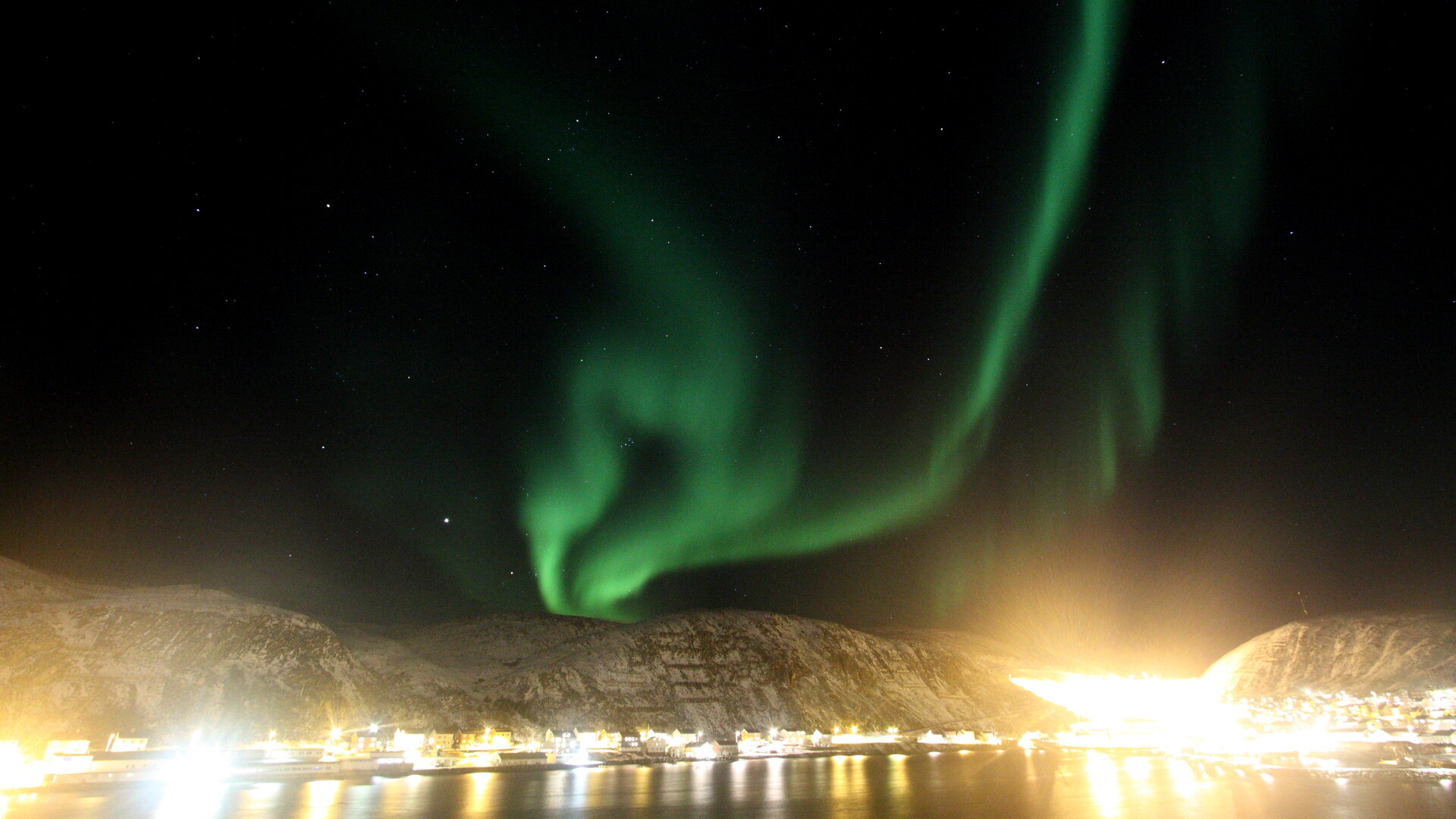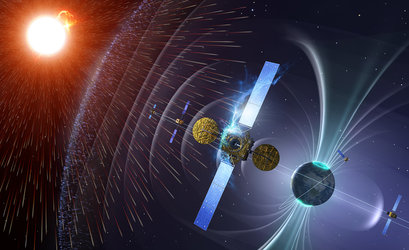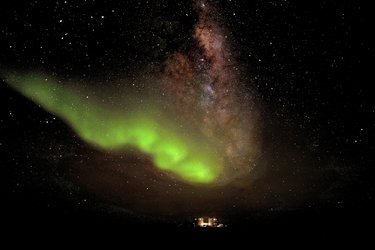Going north – where space weather is felt and seen
The effects of solar events on Earth’s magnetic field are global, but they are most pronounced and frequently noticed at northern latitudes. That’s why Norway’s long-standing expertise in space weather science is providing extremely valuable contributions to ESA’s space hazards programme.
ESA’s Space Situational Awareness (SSA) Programme aims to protect satellites in space and infrastructure on the ground against hazards stemming from orbital debris, space weather and potential strikes by near-Earth objects.
Space weather refers to the highly changeable conditions around the Sun, in the solar wind, in Earth’s magnetosphere and ionosphere and in our upper atmosphere.
Space weather can influence the performance and reliability of satellites in space and systems and networks on the ground.
In particular, space weather effects in Earth’s magnetic field and in the upper atmosphere are noticeable at high latitudes as geomagnetic storms and as beautiful aurora.
Go north, to Norway

Running from 57° to 78° North latitude, Norway has a long history as one of Europe’s leading nations for space weather research, reflecting its perfect location for monitoring aurora and space-weather-induced geomagnetic effects.
Now Norway’s expertise will boost ionospheric weather services in Europe’s SSA Programme.
From early 2013, the Norwegian Mapping Authority (NMA), based in Hønefoss, will begin providing ionospheric weather information – using data from networks of ground-based sensors from the north polar region – to ESA’s SSA space weather centre, significantly boosting the system’s benefits for all Europeans.
“The work done by the Norwegian Mapping Authority complements perfectly the ionospheric weather activities we already have in place with DLR, the German Aerospace Center, and the National Observatory of Athens,” says Juha-Pekka Luntama, Head of Space Weather at ESA’s SSA office.
“Thus, we are enhancing the already rather good coverage for ionospheric services for Europe in the framework of the SSA precursor services.
“As transport and resource exploitation activities in the Arctic are increasing, this region is particularly important for coverage by the SSA space weather services.”
Keeping an eye on the ionosphere

The ionosphere – stretching from about 90 km to 1000 km above Earth – can strongly affect radio wave propagation between the ground and space.
Disturbances caused by the ionosphere can cause problems in telecommunications and create substantial errors in navigation based on Global Navigation Satellite Systems (GNSS), which include the US GPS and Europe’s Galileo.
“NMA has a strong group in satellite geodesy and an extensive sensor network on the ground for measuring ionospheric effects,” says Terje Wahl, Deputy Director General of the Norwegian Space Centre and Norway’s representative to the SSA Programme.
With the new ionospheric services, NMA becomes the second Norwegian entity providing services to ESA’s SSA system. The Tromsø Geophysical Observatory is already strongly involved in space weather activities as the coordinator of the Geomagnetic Conditions Expert Service Centre.
These services provide information about the status and disturbances of Earth’s magnetic field based on data from magnetometers in Norway and Denmark.







